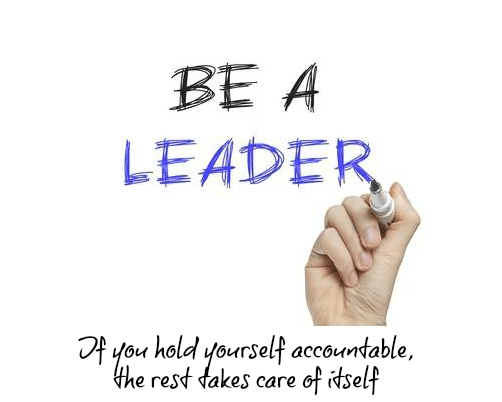
During a workshop this week I was asked a question that almost every business owner has asked at one time or another – How do I create solid drip campaign content that will keep my prospective customer listening? The answer isn’t as complicated as you might think.
First let’s talk about drip campaigns and why they are necessary. There have been numerous studies showing that only 3% to 9% of your buyers will take action after seeing something from your company for the first time. There is a path buyers take when deciding to purchase something – I call this the buyers’ journey. They first need to become aware of the product or service and from there they enter the research stage of the journey. They ask themselves what it is they need to know to make an informed decision. Finally, they enter the whom do I buy it from stage when they evaluate the best vendor to form the purchasing relationship with. If you have been successful in providing truly valuable information to them while they are on this journey you will be the obvious choice.
What will be viewed as valuable?
To determine this, you need to go to the source. If you have an existing customer base you need to ask them. This is similar to last week’s blog on developing a good marketing message that will resonate with your customer audience. Only this time you need to focus your questioning in on what went into making their buying decision when they selected your company.
- What information did they gather before making the decision to buy?
- What were they looking for in a product/vendor?
- Were there any risks they wanted to be sure to avoid?
- Were there particular design considerations they needed help with?
- Did location play a role?
- What about customer service?
You know your business best. Even if you are a new business, you know what goes into the decision to buy. EDUCATE your customer about the product, service, or industry. Speak in a voice the customer will understand. Don’t sell to them – teach them what they need to know!!!
- How do they select the right partner?
- What should they know about the products?
- What are the risks involved in the wrong decision?
- Should they seek help for the design or layout that fits them best?
Small Bites
A drip campaign needs to take the buyer on a journey a little at a time. Don’t try to jam too much into one communication. Keep each communication short and support the message with links to videos or other content that will elaborate on the topic of the week or month. You don’t need to communicate the entire topic in one e-mail. Break it up into parts if the topic is too complicated for one communication. Recap what you told them last time and build on it. If there was supporting information, they should have watched or read, remind them it is there, especially if it is impactful.
Frequency
This is a delicate dance and will depend on how valuable your information is and the sales cycle for your product or service. A general rule of thumb is if the average buyer’s journey is a short one you should communicate more frequently and less frequently for longer sales cycles. You don’t want to overwhelm the customer forcing them to unsubscribe because then you have just defeated the purpose of the campaign. Once again, you need to put yourself in the buyers’ shoes. What is enough but not too much? There is no one answer to the question of frequency. The best way to determine this is to measure the success or the failure of the campaign. If people are unsubscribing it is usually a good indication that the frequency is set wrong, or the content is just not engaging enough. If you are using an automated tool like Mailchimp to run the campaign, there will be reporting to guide the way. They will measure things like open rate and unsubscribe rates that will help you better understand how you are doing.
Writing skills
Not everyone can sit down a write a series of e-mails that are written well enough to keep an audience engaged and listening. I am also certain that not everyone can do what you do for a living either, so don’t hesitate to get some help. Don’t make the mistake however of having someone else write content for you when they don’t know your business or customer base. You need to set the tone for the content. Direct anyone helping you as to where to go to find the information needed to guide customers toward selecting your company as their vendor of choice. There are plenty of sites out there with freelance copy writers to help you create compelling content that you can break up into a drip campaign journey that will resonate with your potential customer base. Here are a few sites that might help in the search for some help with copywriting.
Drip campaigns are a very effective way to stay in touch with your potential customer while they are on their buying journey. Understanding what goes into their buying decision will not only help you make your drip campaign more effective; it will focus your marketing message and help tremendously in closing the final sale. For help with drip campaigns reach out any time



